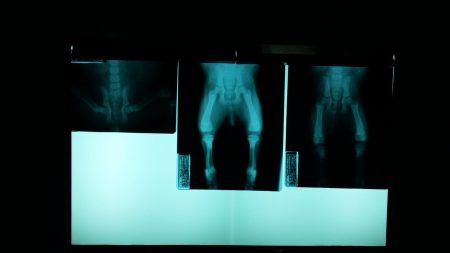- Because if you don’t try to take care of “#1,” who will…
Most people understand that they have a pelvic floor, but they may not understand how this pelvic floor works or why maintaining pelvic floor health is so important. What exactly is pelvic floor dysfunction? How do you know if you have it? And what should you do about it?
What Is the Pelvic Floor?
Unfortunately, most people are poorly educated about pelvic floor health. But that’s rapidly changing thanks to more available information and changing attitudes about this important aspect of human health and wellbeing.
Your pelvic floor is a group of muscles that occupy the base of your pelvis, which is the area of your body beneath your torso and at the top of your legs. The pelvis contains your bladder, your rectum, your uterus or prostate, as well as other organs. And the muscles in your pelvic floor are responsible for forming the foundation of these organs, as well as supporting them in certain functions. This is a complex and multi-functional group of muscles.
What Is Pelvic Floor Dysfunction?
Ordinarily, your pelvic floor is responsible for helping you urinate and defecate successfully. By tightening or loosening your pelvic floor muscles, you can go to the bathroom relatively easily with no complications.
But in the case of pelvic floor dysfunction, your muscles are no longer able to operate like they should. Your body may keep these muscles tight or relax them inappropriately, ultimately leading you to have trouble evacuating bowel movements, difficulty urinating, or difficulty preventing yourself from leaking urine.
Signs of pelvic floor dysfunction include excessively needing to use the bathroom, constipation, pain during urination or defecation, unexplained lower back pain, consistent dull pain in your pelvic area, or the need to strain yourself when urinating or defecating. Incontinence is another clear sign of potential pelvic floor dysfunction.
Typical Causes of Pelvic Floor Dysfunction
Pelvic floor dysfunction is still a topic that scientists and doctors are exploring, so we don’t have a concrete list of causes. However, these are known factors that can lead to pelvic floor dysfunction.
– Injuries. Sometimes, pelvic floor dysfunction is the result of a traumatic injury. For example, if you were in a car accident that damaged your pelvis, you may begin having difficulty using your pelvic floor muscles as you did before.
– Pregnancy. In pregnancy, your body goes through a number of dramatic physiological changes. And during labor, your pelvic floor muscles and surrounding tissues can become very strained. This effect is exacerbated if you have a particularly difficult pregnancy. After birth, many women suffer from pelvic floor issues.
– Overuse. Pelvic floor dysfunction can also come from overuse or inappropriate use of these muscles. For example, if you find yourself consistently pushing hard to pass bowel movements, or if you start and stop going to the bathroom consistently, it can eventually lead to significant issues.
– Surgery. If you’ve recently had surgery on or around your pelvis, you may be at higher risk for developing pelvic floor dysfunction.
– Obesity. People who are overweight or obese are also more likely to develop pelvic floor dysfunction.
– Age. As you might imagine, your pelvic floor muscles become weaker and more susceptible to dysfunction with age.
– Genetics. There appears to be at least some genetic basis for pelvic floor dysfunction; if you have relatives who suffer from pelvic floor dysfunction, you may be more likely to develop it as well.
How to Treat Pelvic Floor Dysfunction
So what can you do to treat pelvic floor dysfunction?
First, you’ll need a diagnosis. If you visit a local healthcare provider, they can give you an examination and ask you a few questions to determine whether you truly have pelvic floor dysfunction. If you do, there are multiple viable treatment strategies, including:
– Physical therapy. One of the most effective treatments of pelvic floor dysfunction is physical therapy. Over the course of several sessions, your physical therapist will help you better understand and exercise your pelvic floor muscles, ultimately guiding them to better functionality and health.
– Biofeedback. Often used in conjunction with physical therapy, biofeedback is a way of retraining your muscles. Biofeedback isn’t painful; it’s just a way for trained professionals to better monitor how your muscles are performing so you can guide them to better functionality.
– Medication. In some cases, certain medications can help. For example, stool softeners may make it easier for you to go to the bathroom.
– Relaxation techniques. Certain relaxation techniques, including meditation, yoga, and even warm baths, can help you ward off the symptoms of pelvic floor dysfunction.
Nobody likes the idea of dealing with pelvic floor dysfunction, but it’s something that may come up in your life. The good news is that there are several treatment methods available – and many people with pelvic floor dysfunction are eventually able to restore their pelvic health to normal.
Hits: 0













